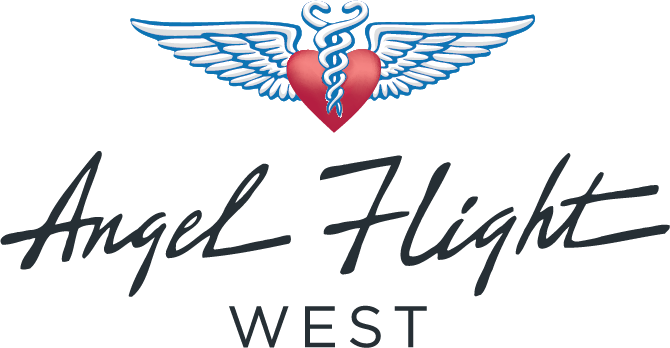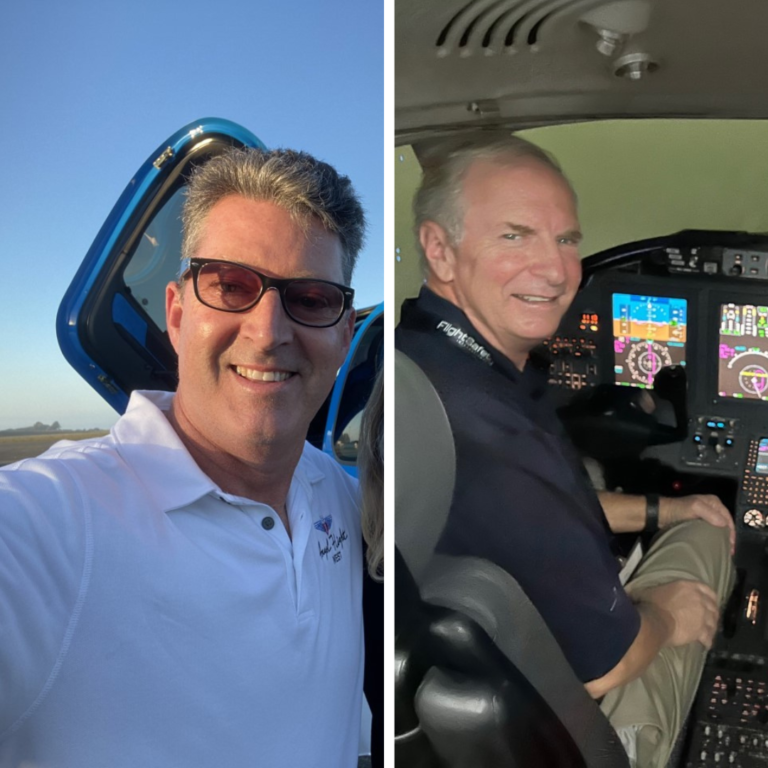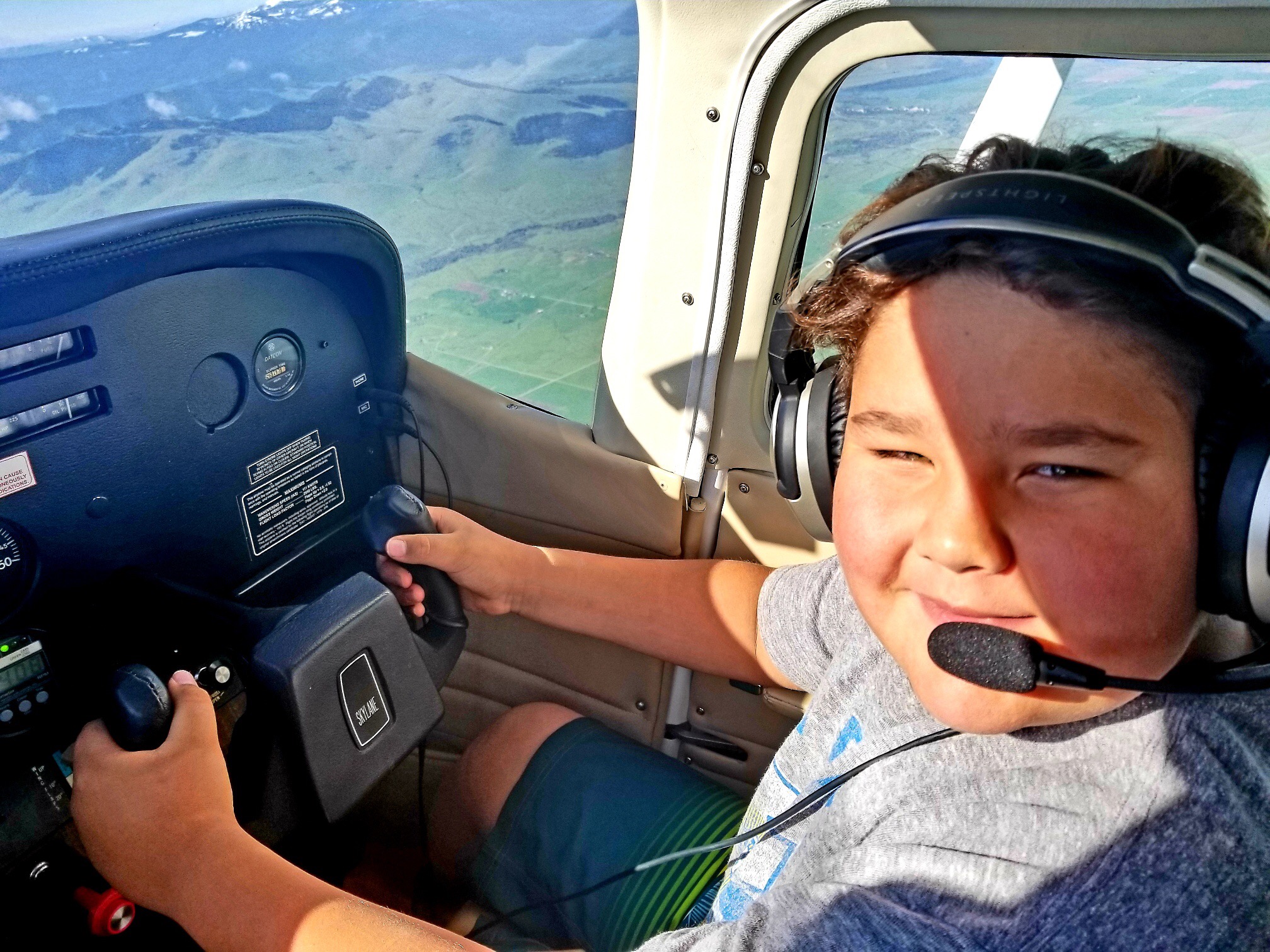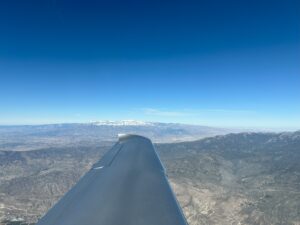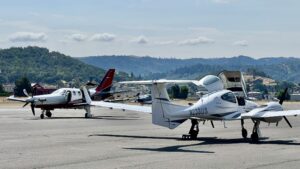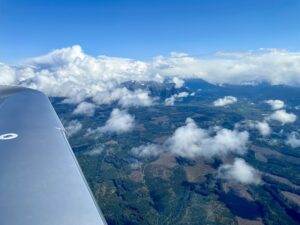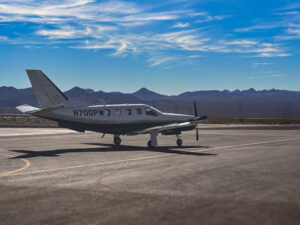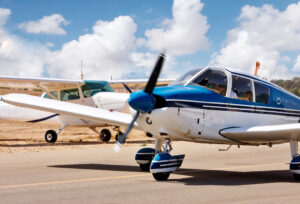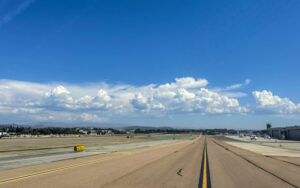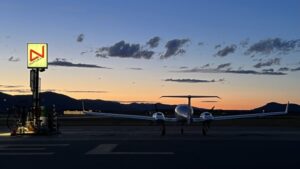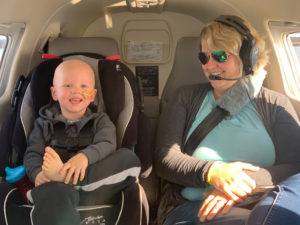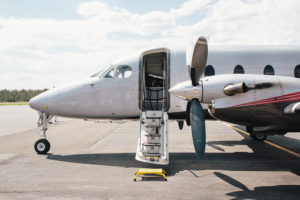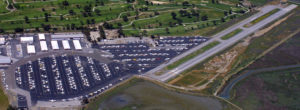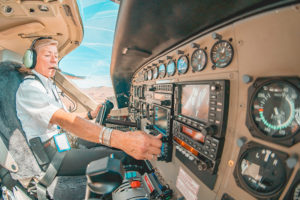Since there is a high likelihood that at least one airport on most missions is uncontrolled or non-towered, we’d like to share some thoughts on uncontrolled airport operations. If you haven’t flown into an airport before (towered or non-towered), familiarize yourself using all available resources including AF/M, Jepps, pilot guides, local instructors, etc.. Don’t forget to review all applicable NOTAMs as well. Field NOTAMs won’t be on the ASOS or AWOS.
Since the definition of “uncontrolled” (now referred to as Non-Towered) means that there is nobody separating traffic, there are a few important things to keep in mind. But you should also be aware that even towered airports are only officially responsible for separating IFR traffic so much of the following applies to all airport operations.
1. Prior to your arrival review an airport information manual or appropriate website to familiarize yourself with the airport. It might tell you the favored runway based on the prevailing winds, recommended traffic pattern (especially if it is non-standard), AWOS/ASOS frequency (if there is one), and other important information such as obstacles and other types of operations around the airport (e.g. glider or parachuting operations).
2. If available, get the ASOS/AWOS as far from the airport as you can. Knowing the winds can indicate the most likely runway or runways. It can help you plan you arrival routing and traffic pattern to fit with other traffic and help you to know where to look for other traffic. If weather conditions are changing, check it again as you reach the airport traffic area.
3. Your primary responsibility is to see and avoid other aircraft and to help them see and avoid you. Keep your lights and strobes on. Keep your eyes outside and head on a swivel at all times, especially during the arrival into the airport area, traffic pattern entry and the pattern itself. Use your passengers to help spot other aircraft. Be very aware that many pilots operating at uncontrolled airports utilize non-standard arrival routing, altitudes, and even patterns opposite the airport’s standards.
4. Listen to the CTAF for other traffic starting 20 miles or so before as well as while you are in the airport traffic area. A good job of listening and visualization can give you a sense of other traffic’s locations, runways being used, and traffic locations. If you don’t hear any other traffic, double check the frequency, correct radio, and volume.
5. Use appropriate communications and be succinct. Ensure that any other traffic knows where you are, where you are going, and your intentions. Announce your location and intentions 10 miles or before when inbound, and at least turning downwind, base, and final. Some pilots refer to their aircraft’s type and color rather than N Number on the theory that it helps other pilots know what type and color aircraft they are looking for. Succinctly state the runway you plan to use; for example say “Runway One Two” as opposed to “Runway Twelve”. IFR pilots often indicate that they are on a particular approach, but that isn’t enough information for a non-IFR rated pilot to know your location. It’s better to provide specific direction and distance from the airport. That’s true for VFR pilots as well — transients may not know know local ground references. When referring to a specific runway, use the runway number and not the phrase, “Active Runway” because there isn’t an official active runway at a non-towered airport. The use of the phrase, “Any traffic in the area, please advise,” is specifically NOT recommended per AIM 4-1-9-g-1.
6. Don’t count on other traffic to do the “right” thing. For example, it is common for aircraft to continue to use the normal runway even when the winds indicate the use of a different runway. In this case, one option is to simply point out the current winds to the other pilots and indicate pointedly which runway you plan on using. The counterpoint is that you should always assume that other aircraft might be departing or landing in the opposite direction to your aircraft. If you are on an IFR approach or departure, be very cautious about other aircraft. Just because you are in IMC conditions doesn’t mean there aren’t other aircraft in the airport vicinity operating legally or even illegally.
7. Don’t argue or correct other pilots on frequency. If you disagree with what another pilot is doing, operate your aircraft safely, communicate as necessary, and, if you feel you must discuss operations with another pilot, wait until you are on the ground to have that discussion. Don’t tie up the frequency with a discussion; other aircraft may need to communicate.
If you would like more information, a review of the AIM chapter 4-9-1, “Airport Operations Without Operating Control Tower” is a great reference. You can also look at 91.126 or 91.127 for non-tower airports in Class G and E airspace.
Remember, safety is your primary objective!
